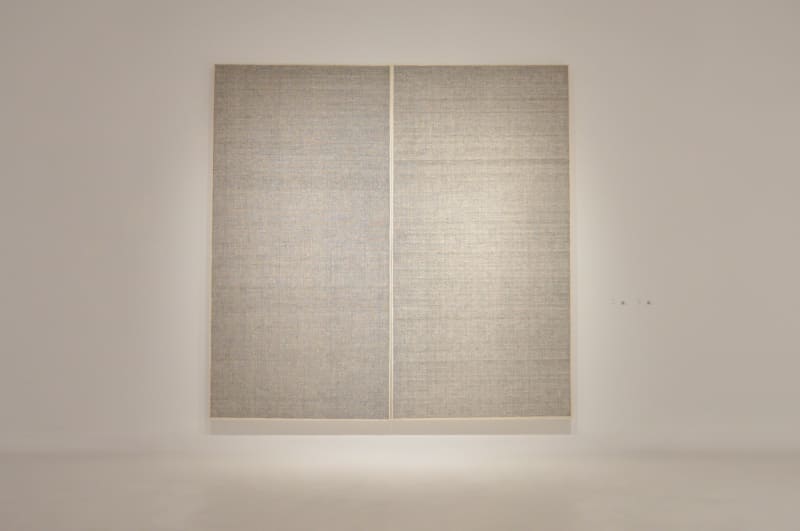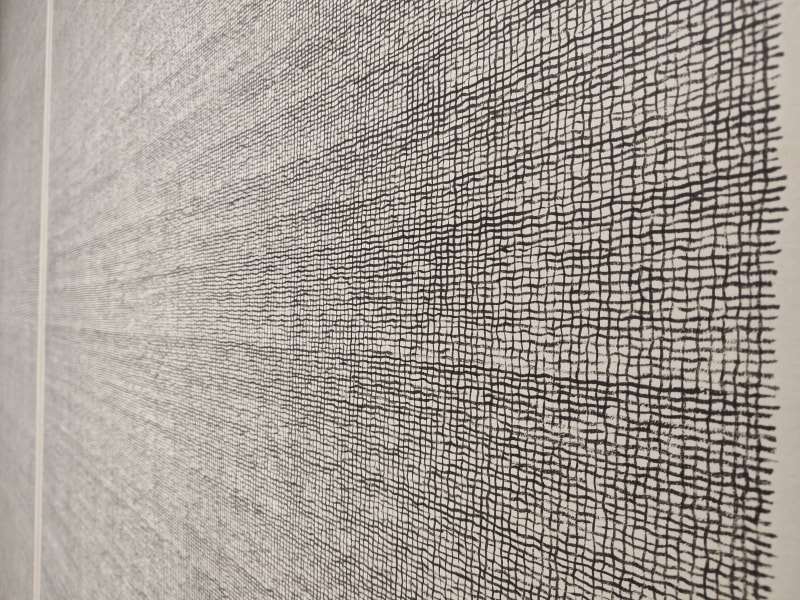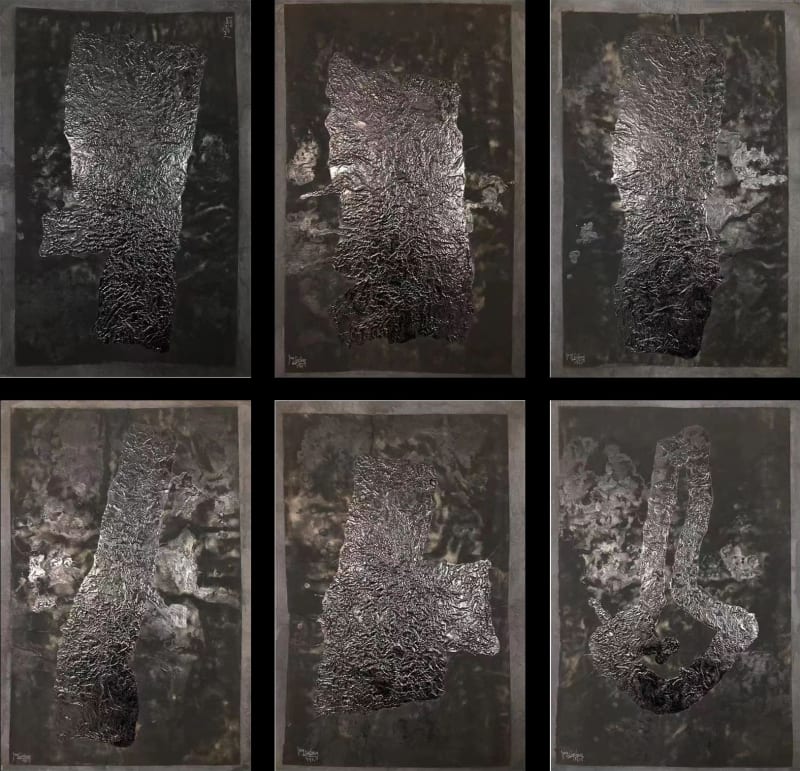Getting Righteousness and Formlessness -- Abstract Narratives of Instantaneous Perception
Date: 11.5, 2023-1.28, 2024
Curator: Zhang Yu
Academic Chair: Gao Minglu
Academic Chair: Gao Minglu
Venue: Shanghai Mingyuan Museum (B1Th floor, Block A, No. 1199 Fuxing Middle Road, Xuhui District, Shanghai)
From 5 November 2023 to 28 January 2024, Mingyuan Museum of Art presents "Getting Righteousness and Formlessness -- Abstract Narratives of Instantaneous Perception" as the inaugural exhibition of its new pavilion, produced by Li Songjian and Ling Feifei, curated by Zhang Yu, and academically hosted by Gao Minglu.
This exhibition is an advancement of the concept of "Art of Awareness" in Mingyuan Art Museum in 2019. "The concept of "Art of Awareness" is a specific issue to be explored in depth, with the intention of sorting out a lineage from literati painting and writing to contemporary art through art history discussions with the topic of "obtaining righteousness and formlessness". It aims to sort out a lineage from literati painting to contemporary art with the topic of "getting righteousness and formlessness" through the discussion of art history.
After a year of preparation, this exhibition will analyse the ecology of Chinese art from for issues, and outline the new contours of Chinese contemporary art through the works of 27 representative artists.
Out of self-consciousness of art history, the development of abstract art in contemporary Chinese art today should be a practice of de-abstractionism and abstract narrative. It is a move from traditional to modern, post-modern, and even contemporary art; from Ming and Qing writing to Huang Binhong writing, looking at Japanese avant-garde calligraphy, Concrete School, and American Abstract Expressionist writing; from Cézanne, Duchamp, Minimalist Art, Earth Art, and Italian Poverty Art, looking at Object School and Monochrome Painting, and then looking at Experimental Ink and Watercolour to Post-Experimental Ink and Watercolour in their worldly relations. In this way, the path explores the development of new possibilities in Chinese contemporary art - abstract narratives of momentary perceptions.
The origin of the term "Delight in the invisible" is the pursuit of traditional Chinese literati painting, especially since the Song Dynasty to the Ming Dynasty and the Qing Dynasty, when literati painting has gone through the process of "responding to objects and resembling shapes" to "getting right and forgetting shapes".
If we consider "Delight in the invisible" as the meaning of the development of literati painting, it is inevitable that the writing at this time should go out of "responding to objects and resembling shapes" and move towards modern abstract art. However, the "obtaining righteousness" limits the "forgetting of form", and Chinese literati painting stops at this point. At this time, the Japanese avant-garde calligraphy and the Concrete School crossed this fence and met with American abstract expressionism, achieving the cosmopolitanism of writing.
After World War II, world art followed the path of Duchamp, with minimalist art, earth art, Italian poverty art, and Japanese object art. South Korea also joined the world with its monochrome abstract paintings. As a matter of fact, experimental ink and wash is not a matter of experimental art or abstraction, but rather a discussion of ink and the world over the past ten years in response to the above mentioned thread. The "Formlessness" is transformed into "Formlessness" by "Removing Form". The contemporary meaning of "righteousness": spirit, thought, belief, justice, and "the way of nature".
Abstract art today or in the future is not about what is happening in the West, nor what is happening in China in the East, but what is happening to abstract art in contemporary art around the world. "Getting Righteousness and Formlessness: Abstract Narratives of Instant Perception" is to re-examine the path of modernity in Chinese art from a global perspective.
November 4, 2023








